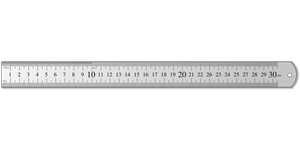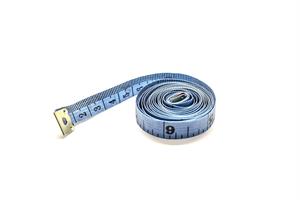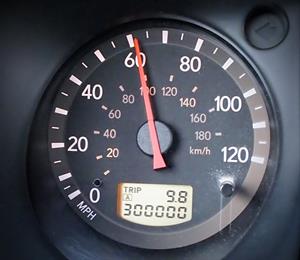
PUMPA - SMART LEARNING
எங்கள் ஆசிரியர்களுடன் 1-ஆன்-1 ஆலோசனை நேரத்தைப் பெறுங்கள். டாப்பர் ஆவதற்கு நாங்கள் பயிற்சி அளிப்போம்
Book Free DemoIn our daily life, we used to calculate the physical quantity in units, like metre and centimetre, but do you know how to convert one unit to another? Let us learn it.
One centimetre (cm) has 10 equal parts called millimetre (mm).
1 cm = 10 mm
One metre (m) is divided into 100 equal parts called centimetre (cm).
1 m = 100 cm
One kilometre (km) is divided into 1000 equal parts called metre (m).
1 km = 1000 m
Important!
To convert millimetre (mm) to the centimetre (cm), divide the given number by 10, and to convert from centimetre (cm) to millimetre (mm), multiply the number by 10.
Example:
Convert 1\ km in terms of cm.
1 km = 1000 m
1 m = 100 cm
Hence, to convert kilometre (km) to the centimetre (cm), multiply the given number 1 by 100000, then
1 km = 100000 cm
Conversion of other units is given in the table below.
Prefix | Abbreviation | Sub-multiple / Multiple | In metre |
Milli | m | 1000\ millimetre = 1\ metre | |
Centi | c | 100\ centimetre = 1\ metre | |
Deci | d | 10\ decimetre = 1\ metre | |
Nano | n | 1000000000\ nanometre = 1\ metre | |
Kilo | k | Multiple: | 1\ kilometre = 1000\ metres |
Measuring tools for length:
In the 16th\ century, William Bedwell invented a ruler or metre scale that are used these days to measure the length of an object.

A measuring tape helps to measure the length of a particular distance.

An odometer measures the distance moved by an automobile. The device can be seen in the dashboard of vehicles like buses and cars.

Important!
The Bureau of Weights and Measures, Paris displays a standard metre rod made of an alloy of platinum and iridium. A model of this metre rod is held in the National Physical Laboratory, New Delhi.
Reference:
https://www.flickr.com/photos/nicholas_t/6963327133